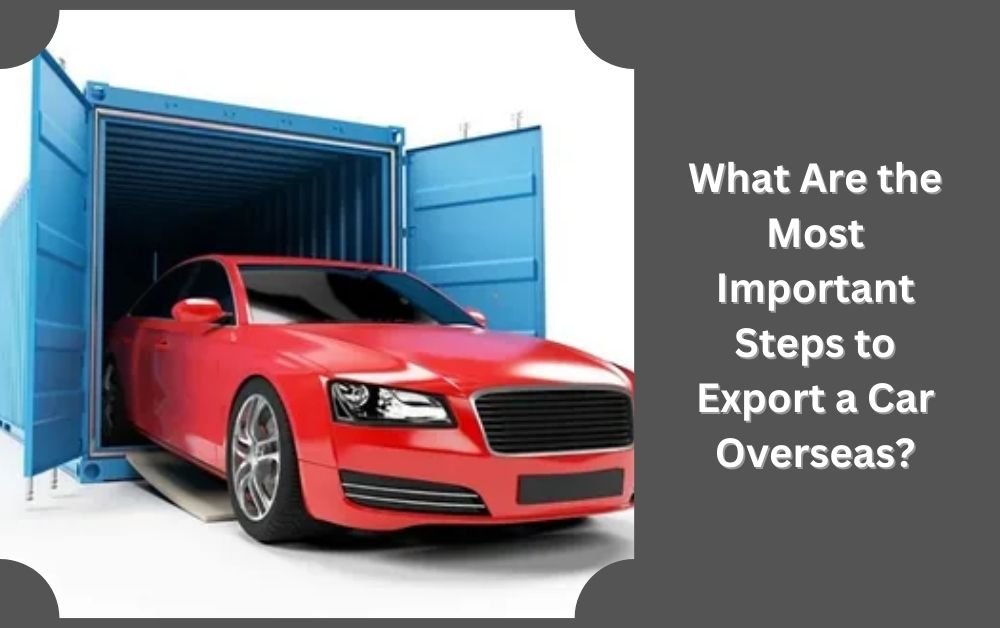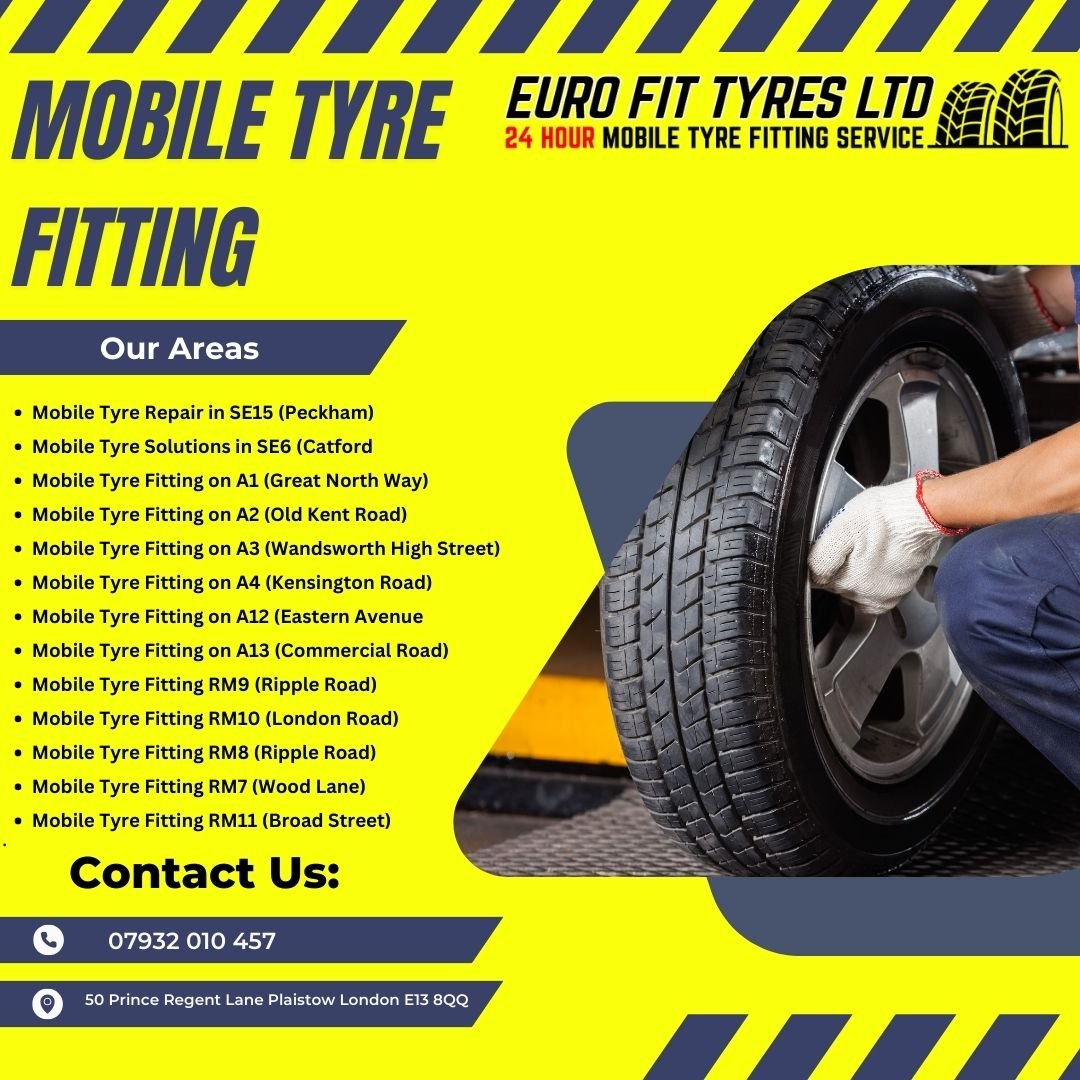Exporting a car overseas may seem like a complicated process, but with proper planning and the right knowledge, it can be done smoothly. Whether you’re selling a vehicle to a buyer in another country, moving abroad, or sending a car to someone, understanding the steps involved is essential. This blog will guide you through the most important steps to ensure a successful car export process.
Understanding the Basics of Export a Car
Before diving into the steps, it’s helpful to understand the basics of car export. Exporting a car means shipping it from one country to another. This process involves a number of tasks, such as complying with customs regulations, choosing a shipping method, and preparing necessary documents.
Note: Dubai is known for its vast selection of high-quality vehicles, making it a prime location for car exports. Whether you’re looking for luxury, reliability, or affordability, export car from Dubai offers endless options. The process can be simplified with the right guidance. Contact Nubia Cars to ensure a smooth and hassle-free export experience. Their expert team is ready to assist with all the necessary steps to get your car delivered safely.
Why Exporting a Car Is a Good Option
There are several reasons why people choose to export cars:
- Business Opportunities: Exporting cars can be a profitable business venture.
- Relocation: People moving abroad often export their vehicles to their new location.
- Access to Better Deals: Sometimes, buying a car in one country and exporting it to another is more affordable.
No matter the reason, understanding the following steps will help you get your car safely to its destination.
Step 1: Prepare All Necessary Documents
The first and most crucial step in the car export process is to gather all the necessary documents. Having the right paperwork is essential to ensure a smooth export process, as missing or incorrect documents can cause delays or even prevent the car from being shipped.
Key Documents You Will Need
- Bill of Sale: This document serves as proof that you own the car and are authorized to export it.
- Car Title and Registration: You will need the original title to prove that the car is legally yours and can be exported.
- Export Declaration: This document is required by customs authorities to declare that you are exporting the car.
- Proof of Identity: You will need to provide identification such as a passport or driver’s license.
- Shipping Documents: Once you arrange the shipping, you’ll receive paperwork from the shipping company, which must be included with your export documents.
Properly preparing these documents in advance will help prevent any unnecessary delays in the export process.
Step 2: Research the Import Regulations of the Destination Country
Each country has its own set of regulations when it comes to importing vehicles. Some countries have strict guidelines, while others are more lenient. It’s essential to research and understand the import laws of the country where the car is being sent.
What to Look for in Import Regulations
- Age Restrictions: Some countries do not allow the import of vehicles older than a certain number of years.
- Emission Standards: Many countries have specific requirements for vehicle emissions that your car must meet.
- Taxes and Duties: You should be aware of the import taxes, duties, and fees that may be charged when the car enters the destination country.
- Inspection Requirements: Some countries may require the car to undergo a safety or mechanical inspection before it can be imported.
By understanding the regulations of the destination country, you can ensure that the car will be accepted upon arrival without issues.
Step 3: Choose the Right Shipping Method
One of the most important steps in exporting a car is choosing the right shipping method. There are several options available, and the best choice will depend on factors like the car’s value, destination, and your budget.
Common Shipping Methods for Car Export
- Roll-on/Roll-off (RoRo): This is the most popular method for car export. In RoRo shipping, the car is driven onto a specialized ship, secured, and transported. It’s cost-effective but may not provide as much protection for luxury or valuable vehicles.
- Container Shipping: In this method, the car is placed inside a shipping container, offering more protection during transport. Container shipping is ideal for high-value cars but is more expensive than RoRo.
- Air Freight: For those who need the car to arrive quickly, air freight is an option. However, it is the most expensive method of car export.
Factors to Consider When Choosing a Shipping Method
- Budget: If you are looking to save money, RoRo shipping may be the best option. However, if you are shipping a luxury vehicle, container shipping offers more security.
- Timeline: If you are on a tight deadline, air freight may be the quickest way to export the car.
- Destination: Some shipping methods are more suitable for certain destinations, so it’s important to check availability based on where the car is going.
Selecting the right shipping method will ensure that your car arrives safely and on time at its destination.
Step 4: Obtain Insurance for the Car During Transit
Once you’ve chosen the shipping method, the next important step is to secure insurance for the car while it’s in transit. Shipping a vehicle overseas comes with risks, such as damage, theft, or accidents. Having proper insurance will give you peace of mind.
Why Insurance is Crucial for Car Export
- Protection Against Damage: The car may face potential damage during loading, unloading, or while being transported. Insurance can cover repair costs if any damage occurs.
- Coverage for Theft: Shipping cars internationally may expose them to theft. Insurance will ensure that you are financially protected if the car is stolen.
- Peace of Mind: Knowing that your car is insured will help reduce stress and anxiety during the shipping process.
Be sure to work with your shipping company to select an insurance plan that covers your car from the moment it leaves your hands until it arrives at its destination.
Step 5: Arrange Transportation to the Port
After everything is in place, it’s time to arrange for the car to be transported to the port. Some shipping companies offer door-to-port services, meaning they will pick up the car from your location and transport it to the port for you.
Things to Keep in Mind When Arranging Transportation
- Timing: Ensure that the car arrives at the port on time to avoid delays in the shipping process.
- Condition of the Car: Before the car is transported to the port, make sure it is clean, free of personal belongings, and ready for shipping.
- Inspection: Some countries require that the car be inspected before it can be shipped. Make sure this is done before the car is transported to the port.
By planning transportation to the port ahead of time, you can ensure that your car is ready to be shipped without any last-minute issues.
Step 6: Track the Car’s Journey
Once your car has been shipped, most companies provide a tracking service that allows you to monitor its progress as it travels to the destination. This is a crucial step to ensure that the car arrives safely and on time.
How to Track the Car During Shipment
- Shipping Company’s Online Portal: Most shipping companies offer an online tracking system where you can check the status of your car in real-time.
- Shipping Agent: You can also stay in contact with the shipping agent to receive updates on the car’s location.
- Estimated Time of Arrival (ETA): Always keep in mind the ETA provided by the shipping company and plan accordingly.
By tracking the shipment, you will stay informed and be prepared for the car’s arrival.
Step 7: Receive the Car at the Destination
The final step in the car export process is receiving the vehicle at its destination. Once the car arrives, there are a few more steps to complete before it is ready for use.
Steps for Receiving the Car
- Customs Clearance: The car will need to go through customs, where the necessary duties, taxes, and fees must be paid.
- Inspection: In some cases, the car will need to be inspected by the authorities before it can be cleared for entry into the country.
- Pick-up or Delivery: Once the car clears customs, you can either pick it up at the port or arrange for it to be delivered to your desired location.
Ensuring that all the final steps are completed will allow you to enjoy your newly exported car.
Conclusion: A Smooth Car Export Experience
Exporting a car overseas doesn’t have to be complicated. By following these key steps—preparing the necessary documents, understanding import regulations, choosing the right shipping method, securing insurance, and tracking the shipment—you can ensure that your car arrives safely at its destination. With the right planning and attention to detail, the process will be smooth and stress-free. Whether you are exporting a car for personal or business reasons, this guide will help you navigate the journey with ease.
For More Insightful Articles Related To This Topic, Feel Free To Visit: nytimer.




